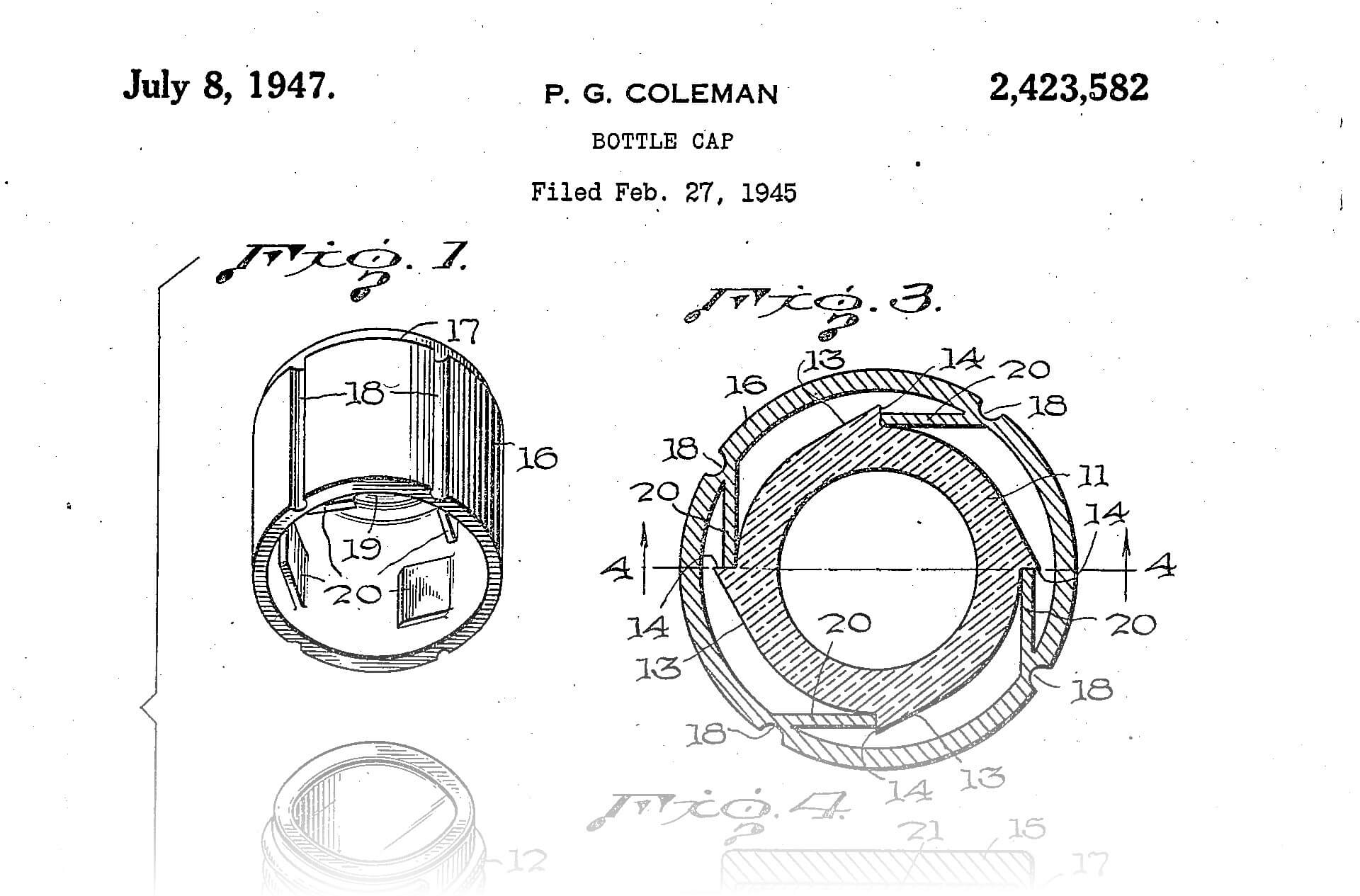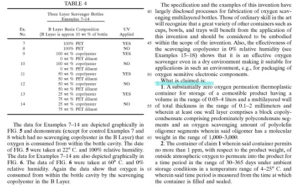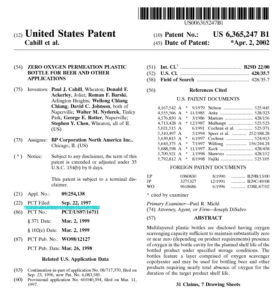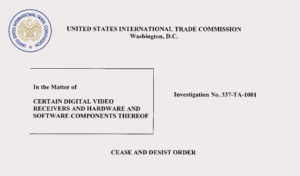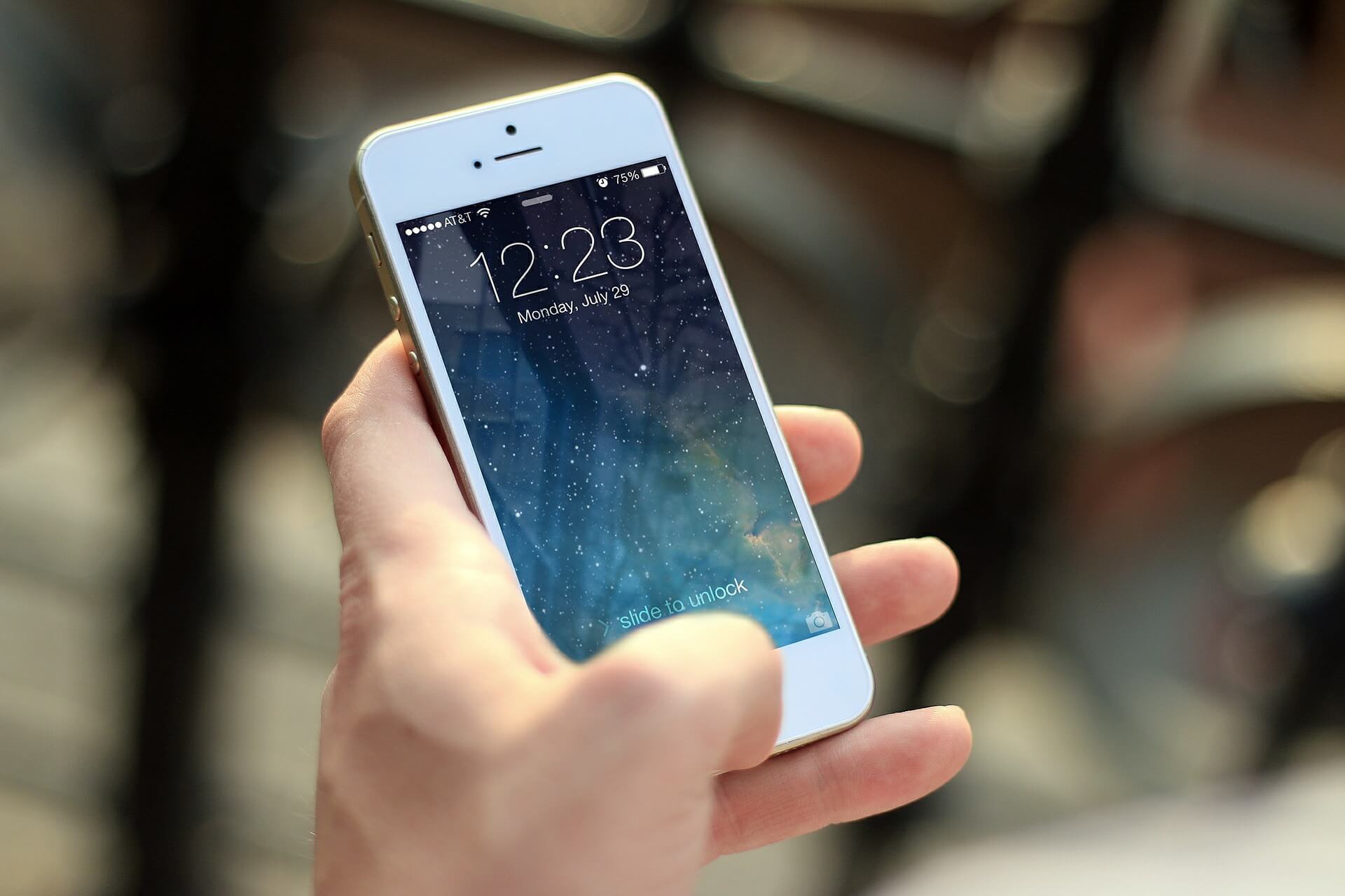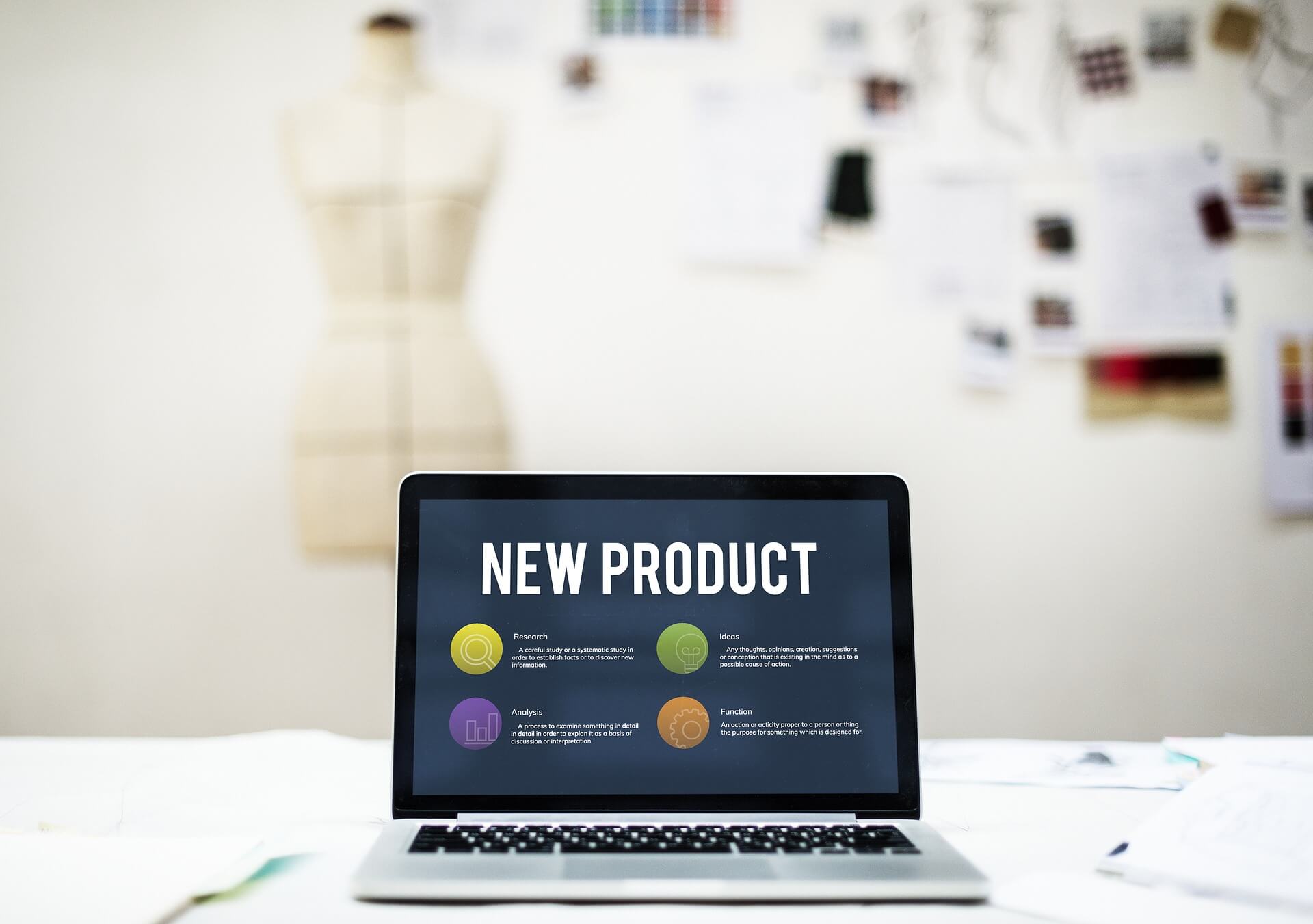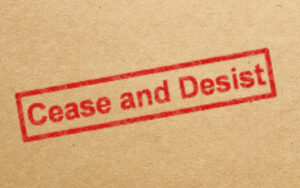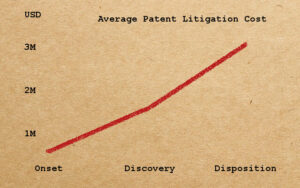You found nothing like yours in your Google Patents search, and you might feel ready to patent your new idea. It’s not that simple.
First, your invention should be new in a sense that people don’t know it yet.
Even if nobody really patented an idea, the idea might be known to many as a common sense or to a small number of people known as experts or scholars. It doesn’t matter how many people know it.
When you go into detailed analysis, it gets more complicated. Let’s say your company is the first to sell a mouse pad made of bamboo and you want to patent it.
- The bamboo is obviously not a new material; it’s not even a man-made material. Clearly, it’s not something you can consider an invention.
- Similarly, a mouse pad is not a new thing. It’s been made of many different materials and widely used in personal computing.
- Now, a mouse pad made of bamboo? Let’s further assume nobody on the planet Earth ever made or used a mouse pad made of bamboo. Is it new then?
Unfortunately, it’s not. The law will not only look at the things that already exist but also guess what can be done with existing technology and skills. I mean bamboo is a sturdy and hard material that can be easily shaped into a small plate. The law will likely say that your new idea of making a mouse pad with a bamboo was obvious. Basically it’s saying that “we don’t need an inventor to do that.”
Second, you have to fit your idea into certain categories that can be patented.
The law provides a short list: process, machine, manufacture, or composition of matter. If you think about it, it’s pretty broad. In the above example, we discussed a bamboo mouse pad as a manufacture, which we concluded not patentable.
However, you may have a ground-breaking manufacturing method to process a raw bamboo tree into a large plate that can be easily cut into any shape of mouse pads. Well, that might be a patentable “process”.
We can go further. If you designed and made a machine for the processing of raw bamboo trees, you may patent the machine as long as it satisfies other requirements. As you can guess, inventors often patent a manufacture, the process of making it, and the machine that performs the process at the same time.
Lastly, your idea has to have a purpose.
This is usually not a concern because the law doesn’t ask for a good one. If you can find a single use for your invention, that’ll be fine. The use doesn’t have to be new or better than others. In fact, even if your method of processing bamboo turned out to be too expensive to make economic sense, it still has a utility in the eye of the law.

